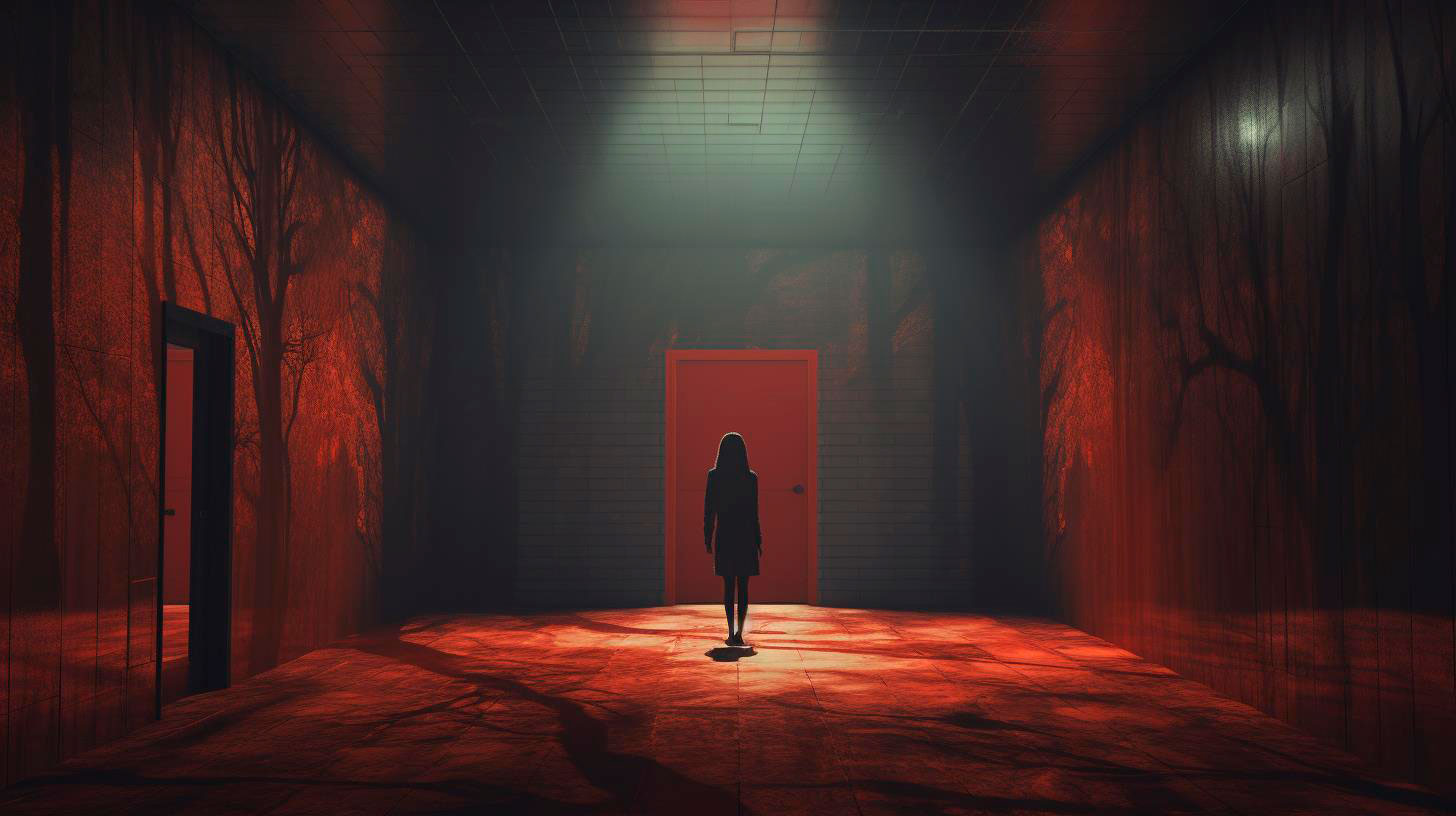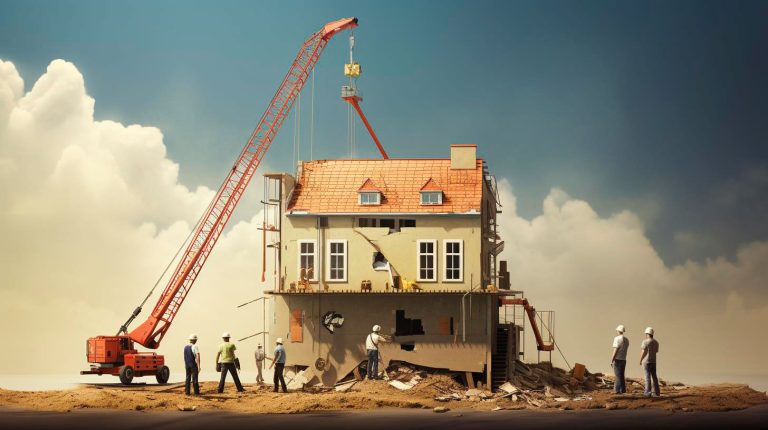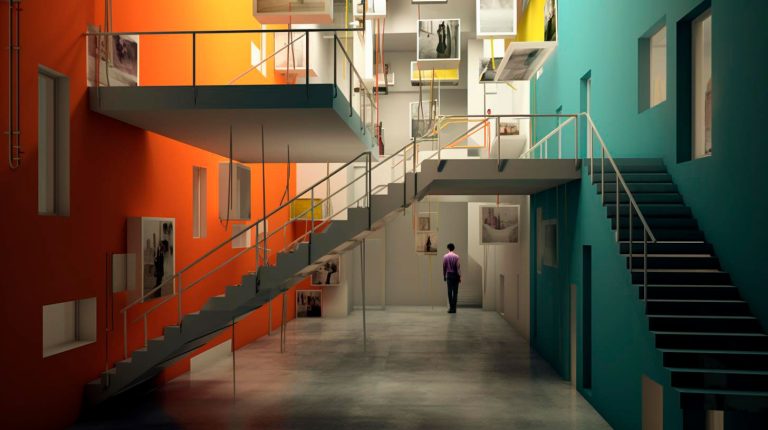In this article, we explore the benefits, uses, and key takeaways of time-lapse demonstrations in the realm of teaching and learning.
What are Time-Lapse Demonstrations?
Time-lapse demonstrations involve using video recording techniques to capture a process or event at a lower frame rate than it will be played back. When played at a normal speed, time appears to be moving faster, compressing the duration of the event. These videos are often accompanied by a narrative or annotations to provide additional context and insights.
Benefits of Time-Lapse Demonstrations
- Enhanced understanding: Time-lapse videos condense complex processes, making them easier to comprehend. Learners can witness the entire sequence of events unfold in a short duration, speeding up the learning process.
- Engaging and captivating: The visually dynamic nature of time-lapse demonstrations grabs learners’ attention and maintains their interest throughout the video. This results in a more enjoyable learning experience.
- Improved memory retention: Research shows that visual aids, such as time-lapse videos, enhance memory retention. The combination of visuals and narration helps learners retain information for longer periods.
- Real-world applications: Time-lapse demonstrations bring real-world scenarios into the classroom, enabling learners to observe and understand natural phenomena, developmental processes, or the progression of projects.
Uses of Time-Lapse Demonstrations
Time-lapse demonstrations find applications in various educational settings. Let’s explore some examples:
- Science experiments: Time-lapse videos capture the gradual changes in experiments, such as chemical reactions, plant growth, or the transformation of matter. Students can study these processes more effectively by observing them in a condensed timeframe.
- Artistic expressions: Time-lapse demonstrations can be used to showcase the creation of artwork, allowing students to witness the entire creative process. This inspires creativity and encourages learners to explore new artistic techniques.
- Historical reconstructions: By recreating historical events using time-lapse techniques, students can better understand the flow of time and the impact of various events on human history.
- Construction and engineering: Time-lapse videos help students grasp the step-by-step progression of construction projects, illustrating the effort and collaboration required to bring an idea to life.
Key Takeaways
Time-lapse demonstrations offer numerous benefits in the field of education:
- Enhanced understanding of complex concepts
- Engaging and captivating learning experience
- Improved memory retention
- Real-world application in various subjects
By incorporating time-lapse videos into teaching materials, educators can create an interactive and immersive learning environment that stimulates students’ curiosity and fosters knowledge retention.
As technology continues to evolve, it is crucial for educators to embrace innovative methods to connect with 21st-century learners. Time-lapse demonstrations provide a unique and effective way to engage students, making learning more enjoyable and impactful. So, why not harness the power of time-lapse in your teaching strategies and unlock the true potential of education?























+ There are no comments
Add yours